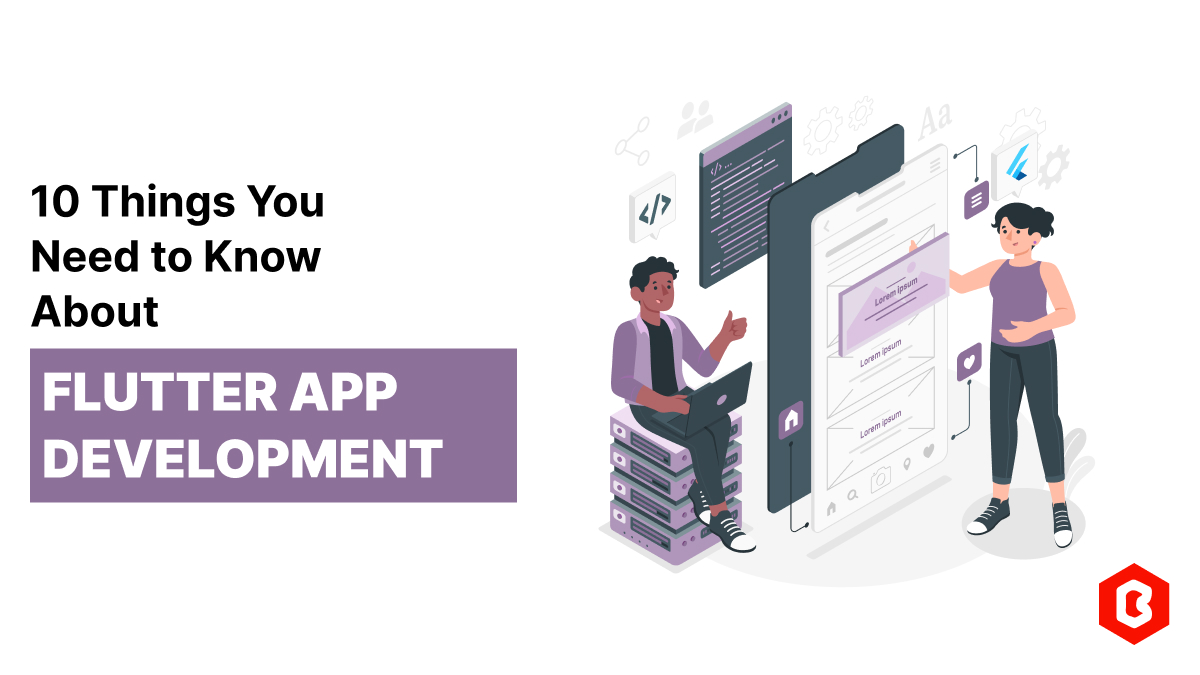Black Friday Special! Buy any 1 product and get 1 absolutely free — this offer applies to all Website Templates, UI Kits, and Complete Scripts.
Buy Now!
Flutter is Google's open-source framework, which has revolutionized mobile app development. Its ability to create stunning, high-performance apps across multiple platforms with a single codebase has made it a favorite among mobile app developers. While the core concepts are relatively straightforward, mastering the Flutter framework requires a deeper understanding, especially for aspiring Flutter developers or Flutter app development service providers.
One of the most significant advantages of Flutter is its ability to create apps for iOS and Android using a single codebase. This means Flutter app developers can develop and maintain a single app while targeting both platforms, saving time and resources.
Flutter's hot reload feature allows developers to see changes to their code instantly without having to restart the app. This significantly speeds up the app development process and makes it easier to iterate on design and functionality. This can majorly benefit Flutter app development service providers in meeting deadlines easily.
Flutter comes with a rich library of pre-built widgets that can be customized to create beautiful and complex UI designs. These Flutter widgets cover everything from basic elements like buttons and text fields to more advanced components like sliders and date pickers.
Flutter uses the Dart programming language, which is a modern, object-oriented language with a syntax similar to JavaScript. Dart is designed for performance and scalability, making it a great choice for building mobile apps with the Flutter framework.
Flutter apps are known for their excellent performance. The Flutter framework uses a rendering engine that directly communicates with the platform's native components, resulting in smooth animations and fast load times.
In addition to the pre-built Flutter widgets, this framework allows developers to create custom widgets to meet specific app requirements. This flexibility enables you to build unique and innovative user interfaces.
Flutter provides several state management solutions. Some of them are setState, Provider, and BLoC. These solutions help developers manage the state of their apps effectively and keep their code organized.
Flutter has a large and active community of developers who contribute to the framework and share their knowledge. This means you have access to plenty of resources, tutorials, and packages to help you with your development.
If you need to access platform-specific features that aren't available in Flutter, you can integrate native code using platform channels. This allows you to increase the power of native APIs while maintaining a cross-platform codebase.
In addition to mobile, Flutter also supports web and desktop development. This means you can create a single app that runs on iOS, Android, web browsers, and desktop platforms using the Flutter framework.
Flutter has emerged as a powerful, reliable, and efficient tool for building cross-platform mobile apps. Its ability to create visually appealing, high-performance apps with a single codebase has made it a popular choice among developers and businesses like mobile app development service providers.
AI (Artificial Intelligence) is shaking things up in the education industry as well! According to...
In today's world, web applications are controlling the business arena. Whether it's an eComm...
Hamster Kombat is a tap-to-earn crypto game where players are designated as virtual CEO. In developi...
Online Sports betting apps are considered as the source of earning passive income but with that, the...
Every business needs better marketing to promote their products and services. Nowadays, they prefer...
The cryptocurrency world is transforming at every moment. That world is not just limited to only exc...

Not sure which template or UI kit fits your project? Reach out for expert advice.